In the vast expanse of the United States, a silent sentinel has been lurking, casting a shadow over the dairy industry. The H5N1 avian influenza, a virus that has been causing consternation since March, has now prompted the United States Department of Agriculture (USDA) to embark on a nationwide vigilance mission. This mission, a testament to the nation's commitment to safeguarding public health and agricultural prosperity, is set to be a beacon of hope amidst the challenges posed by this formidable foe.
The USDA's initiative, announced through a federal directive on a recent Friday, is a clarion call to arms for a more vigilant and proactive approach to tracking and controlling the spread of the H5N1 virus. This move is not just a bureaucratic maneuver but a strategic leap forward in the battle against a pathogen that has been quietly ravaging dairy cattle, threatening the very fabric of the nation's food security and the livelihoods of countless farmers.
Infectious disease specialists, the unsung heroes of our time, have been the vanguard in this fight, advocating for expanded testing since the outbreak's inception. They understand that without a precise map of the virus's spread across farms, veterinary practices, and federal regulatory bodies, containment is but a pipe dream. Their voices, once a murmur, have now become a chorus, resonating with the powers that be, leading to this landmark directive.
Dairy farmers, the backbone of the nation's dairy industry, initially harbored reservations about embracing broader testing. The specter of potential income loss due to herd quarantines loomed large, casting a pall over their enthusiasm. However, the USDA's directive is not just a regulatory measure; it is a promise. A promise to instill greater confidence among farmers and agricultural workers regarding the safety of their livestock and their ability to protect themselves. It is a promise to pave the way for swift control and cessation of the virus's spread across the country, as eloquently stated by Agriculture Secretary Tom Vilsack.
The directive is a comprehensive roadmap, mandating the sharing of raw milk samples from various nodes of the dairy supply chain, including dairy farms, bulk milk transporters, milk transfer stations, and dairy processing facilities. This collaborative effort requires herd owners with cattle testing positive for avian influenza to provide information conducive to contact tracing and disease surveillance. Laboratories and veterinarians, the sentinels of science, are also enlisted in this battle, obligated to report positive H5N1 test results to the USDA.
The USDA's plan is to commence immediate testing of milk stored in silos at dairy processing facilities for the presence of the H5N1 virus. This proactive approach will be followed by a collaboration with state authorities to conduct bulk tank testing at farms. In cases where the milk tests positive, officials will swiftly identify "specific instances" and implement enhanced biosecurity measures. Once all herds in a state are cleared, the USDA will maintain surveillance on milk in bulk tanks to prevent the re-emergence of the infection.
The initial round of testing is scheduled to commence the week of December 16, with six states at the forefront: California, Colorado, Michigan, Mississippi, Oregon, and Pennsylvania. While California, Colorado, and Michigan have reported infected herds, Mississippi, Oregon, and Pennsylvania have not documented any issues. This testing will assist authorities in assessing whether avian influenza poses a risk in regions where the disease has not yet been detected.
The USDA initially announced the National Milk Testing Strategy in October, and Friday's directive marks the first time specific details of the plan have been disclosed. The milk is tested prior to pasteurization, a process that heats milk to a specific temperature over time, neutralizing harmful bacteria and viruses. "Even if the virus is identified in raw milk, the existing pasteurization process will deactivate the virus," according to the US Food and Drug Administration. Virtually all milk sold in the United States undergoes pasteurization, a safeguard that has stood the test of time.
Health officials have consistently cautioned against the consumption of raw milk or its use as animal feed due to the risk of disease-causing pathogens such as listeria, campylobacter, salmonella, E. coli, and avian influenza virus. In California, raw farm milk and cream were recalled, and product distribution was halted after the detection of avian influenza virus in samples from retail shelves, dairy storage, and bottling facilities. To date, no illnesses have been associated with the consumption of this milk, a testament to the vigilance and swift action of health authorities.
This nationwide program is not just a response to a crisis; it is a testament to the resilience and adaptability of the United States. It is a story of collaboration, of science and policy coming together to protect the health of the nation and the integrity of its agricultural sector. It is a narrative of hope, where every test tube, every sample, every report contributes to a larger mosaic of understanding and control.
As the sun sets on the fields of dairy farms across the nation, and the silos stand as silent witnesses to the daily toil, we are reminded that behind every glass of milk, there is a story. A story of farmers waking up before dawn, of cows grazing under the vast sky, and of a nation committed to ensuring that what nourishes us is safe and free from harm. The USDA's initiative is not just about testing milk; it is about upholding the values that have built this country – values of safety, diligence, and a steadfast commitment to the well-being of all.
In the face of the H5N1 avian influenza, the United States stands as one, with a unified goal to protect its people and its livestock. This initiative is a beacon of hope, a symbol of a nation's resolve, and a promise for a healthier and safer future. As the directive is implemented, and the testing begins, we can rest assured that the sentinels of health and agriculture are ever-vigilant, working tirelessly to ensure that the milk we drink is not just a source of nourishment, but a symbol of a nation's unwavering commitment to health and safety.
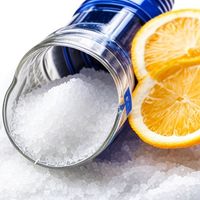
By Daniel Scott/Dec 13, 2024
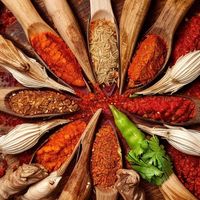
By John Smith/Dec 13, 2024

By Lily Simpson/Dec 13, 2024
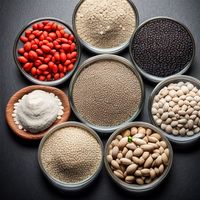
By Victoria Gonzalez/Dec 13, 2024
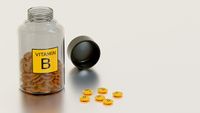
By Emily Johnson/Dec 13, 2024
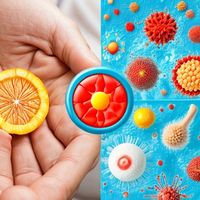
By George Bailey/Dec 10, 2024

By Emily Johnson/Dec 10, 2024
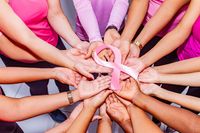
By Samuel Cooper/Dec 10, 2024

By Olivia Reed/Dec 10, 2024

By Michael Brown/Dec 10, 2024

By Daniel Scott/Dec 9, 2024

By Grace Cox/Dec 9, 2024
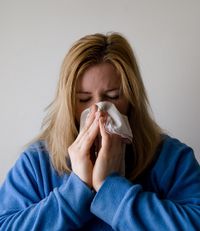
By Olivia Reed/Dec 9, 2024

By Ryan Martin/Dec 9, 2024

By Joshua Howard/Dec 9, 2024

By Lily Simpson/Dec 9, 2024
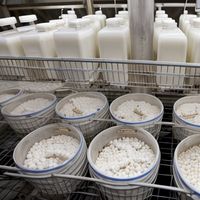
By William Miller/Dec 9, 2024

By James Moore/Dec 9, 2024

By Eric Ward/Dec 9, 2024

By Samuel Cooper/Dec 9, 2024